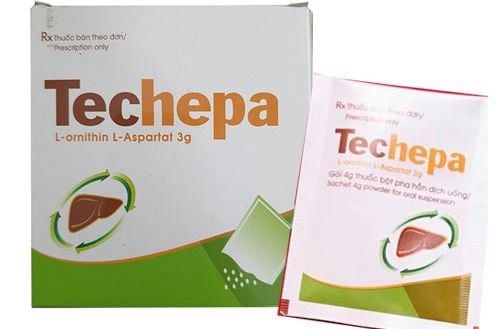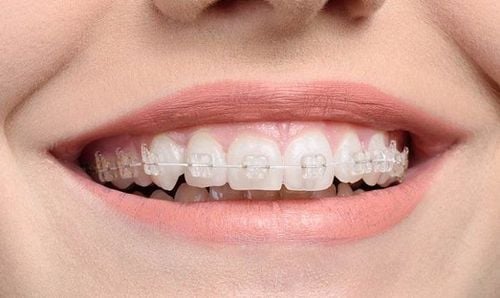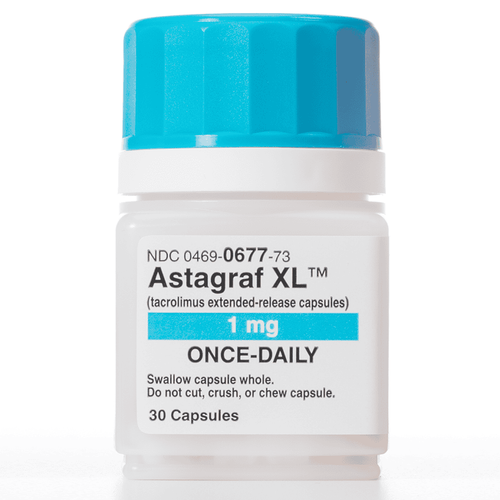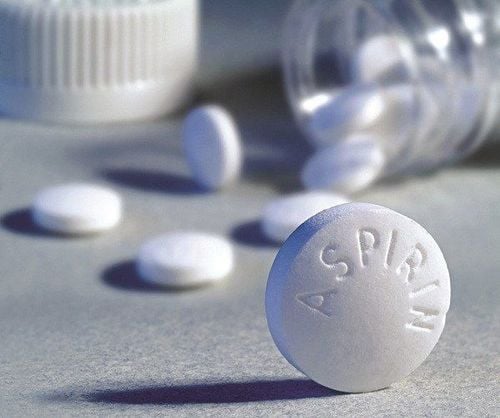This is an automatically translated article.
The development of subcutaneous fat depends on genetic factors as well as influences from diet and daily living. So what does the subcutaneous fat layer do? Let's find out through the article below.
1. What causes the appearance of subcutaneous fat?
All people are born with subcutaneous fat. In addition to genetics, people generally have greater amounts of subcutaneous fat if they:
Eat more calories than they burn. Less exercise. Has little muscle mass. Have diabetes. Insulin resistance.
2. What is the function of the subcutaneous fat layer?
The skin is made up of 3 layers, the top layer of the skin is called the epidermis, the middle layer is the dermis, and the subcutaneous fat is the deepest layer.Subcutaneous fat has 5 main functions as follows:
Helps the body store energy and regulate body temperature. Subcutaneous fat functions as a cushion to protect muscles and bones from the impact of external shocks such as falls, bumps, etc. The subcutaneous fat layer acts as a passageway for the wires. nerves and blood vessels between the skin and muscles. Attaches the dermis to the muscles and bones by the connective tissue of subcutaneous fat.
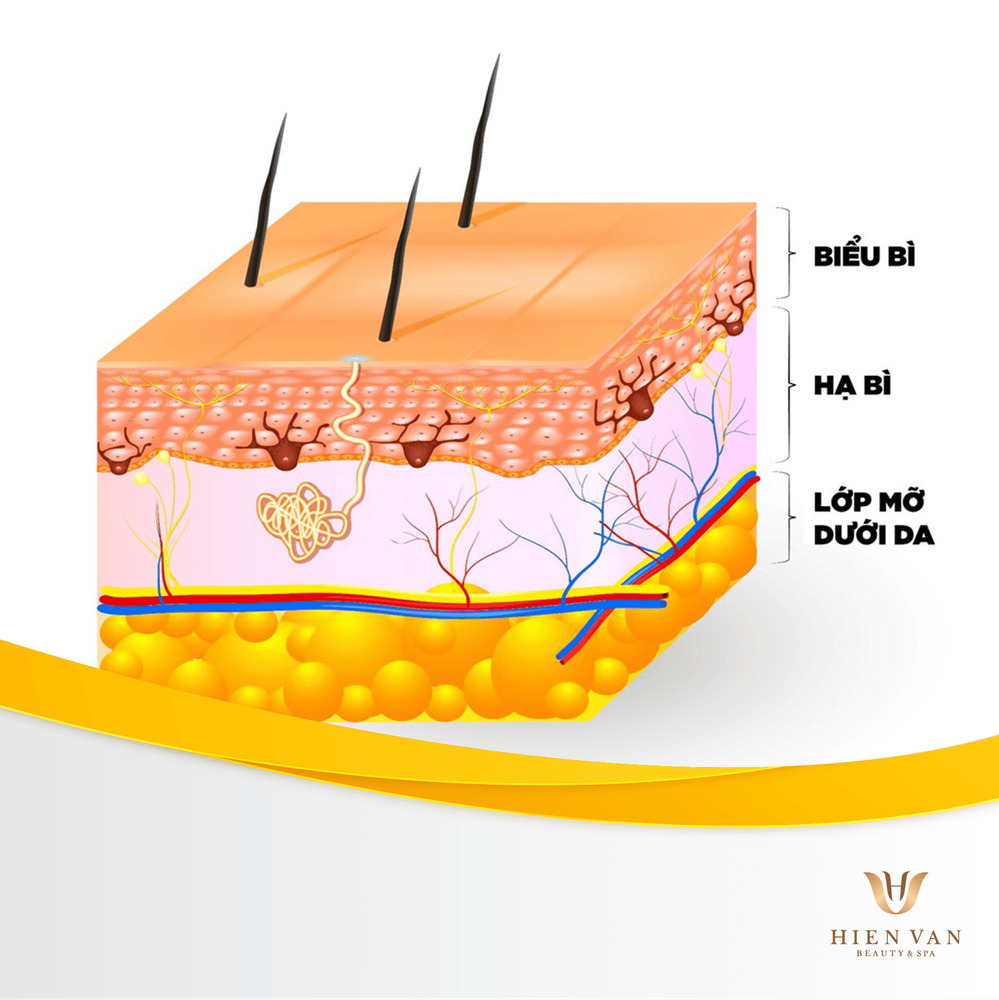
Lớp mỡ dưới da giúp cơ thể dự trữ năng lượng và điều chỉnh thân nhiệt.
3. Does subcutaneous fat affect health?
Subcutaneous fat is an important part of the human body, but if the body stores too much, it will lead to overweight and increase the risk of health problems as follows:
Heart disease and stroke stroke . Have high blood pressure. Have type 2 diabetes. Risk of some cancers. Sleep apnea syndrome. Have fatty liver disease. Kidney disease.
4. How to know the body has many layers of subcutaneous fat?
To determine if you are overweight, your doctor will order a body mass index (BMI) measurement based on the ratio between your weight and height. Specifically:
Normal weight: BMI measured between 18.5 and 24.9. Overweight: BMI measured between 25 and 29.9. Obesity: A BMI of 30 or more. In addition, another way to determine if you are overweight is to measure your waist size. Many argue that men with a waist circumference above 101.6cm and women over 88.9cm have a higher risk of obesity-related diseases.
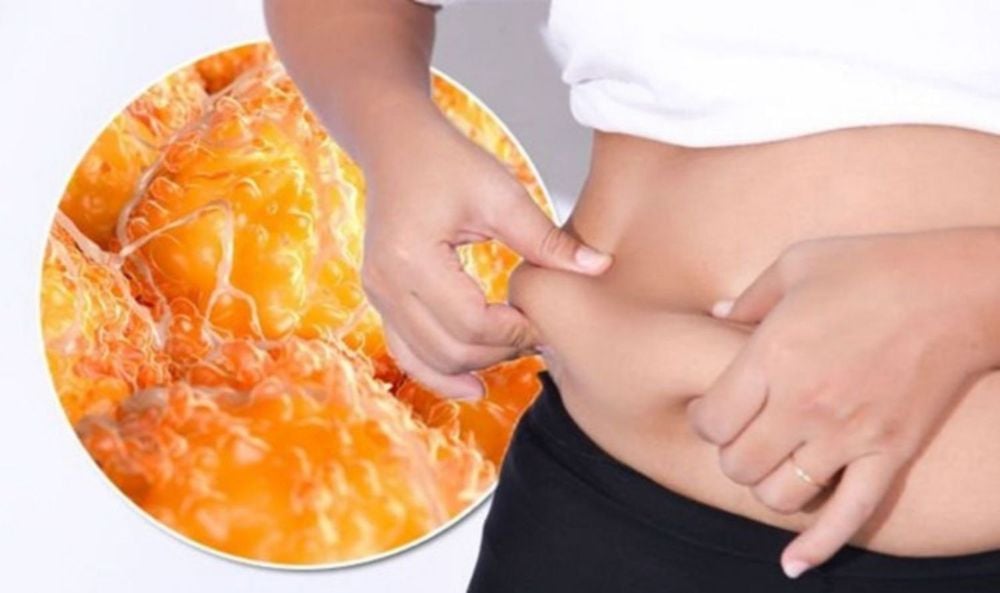
Để xác định có nhiều lớp mỡ dưới da hay không, bác sĩ sẽ chỉ định đo chỉ số khối cơ thể.
5. How to remove subcutaneous fat?
There are 2 most recommended methods to reduce subcutaneous fat: dietary changes and physical activity. Specifically:
Healthy, scientific diet The basic principle of reducing subcutaneous fat through diet is to consume fewer calories than you burn. Build and maintain a healthy diet rich in fruits, vegetables, fiber, whole grains, and nuts.
In particular, should add protein-rich foods such as lean meat, soybeans, bean products, fish or poultry; Eat less sugar, salt, red meat and saturated fat.
Regular physical activity The body stores energy by accumulating fat under the skin. To get rid of this fat accumulation, the safest and most effective way is to exercise to burn calories. You can get active by walking, running, biking, swimming, and other activities that increase your heart rate.
The subcutaneous fat layer has many effects, but if it is too much, it will adversely affect health. So, take a moment to see your doctor to determine your body fat, develop a diet plan and exercise in moderation to bring you the best health.
Please dial HOTLINE for more information or register for an appointment HERE. Download MyVinmec app to make appointments faster and to manage your bookings easily.
Reference source: Healthline.com





